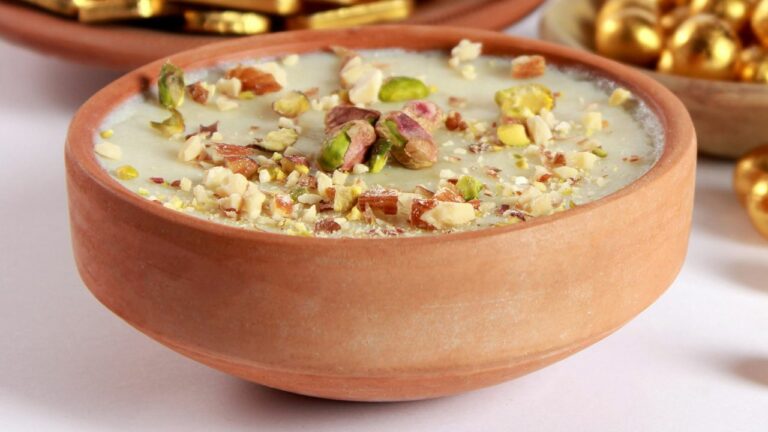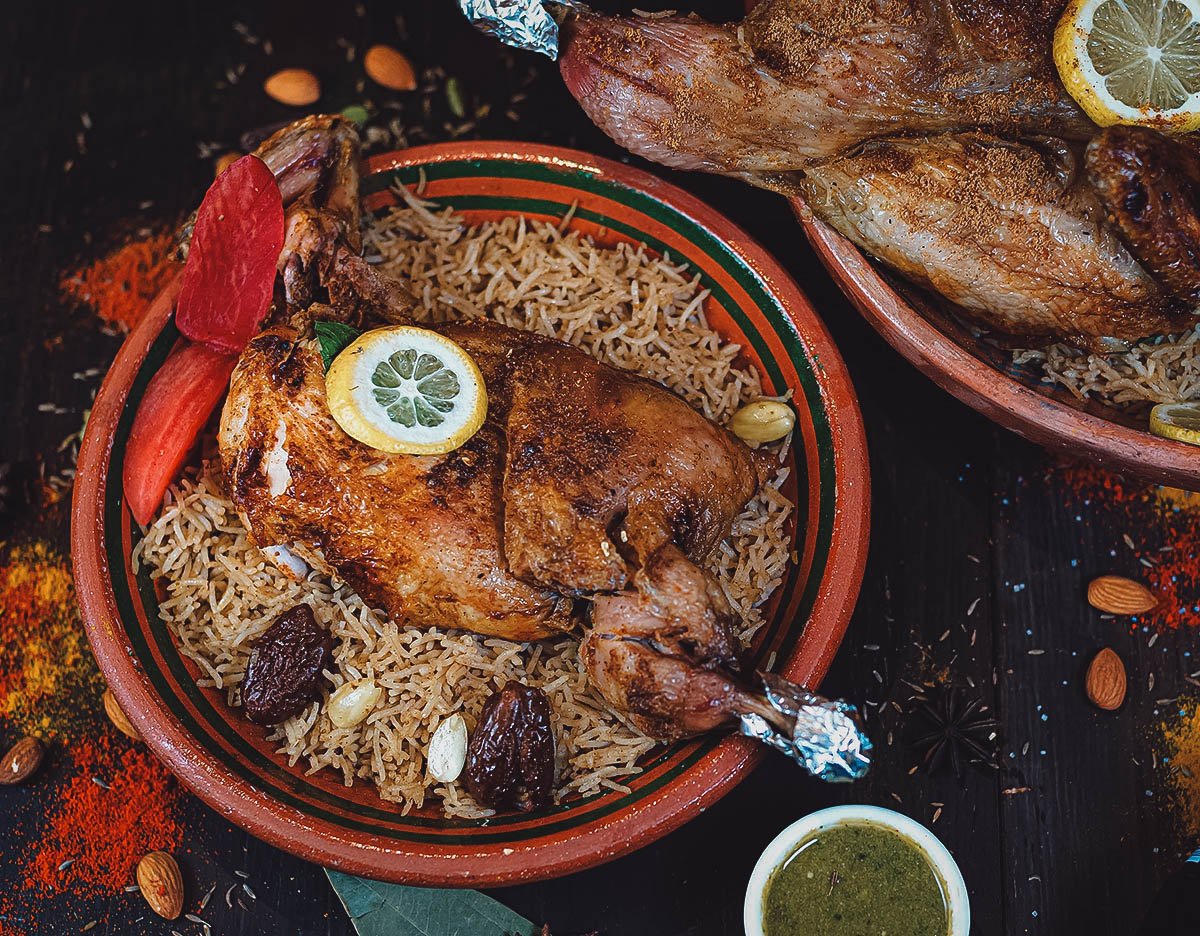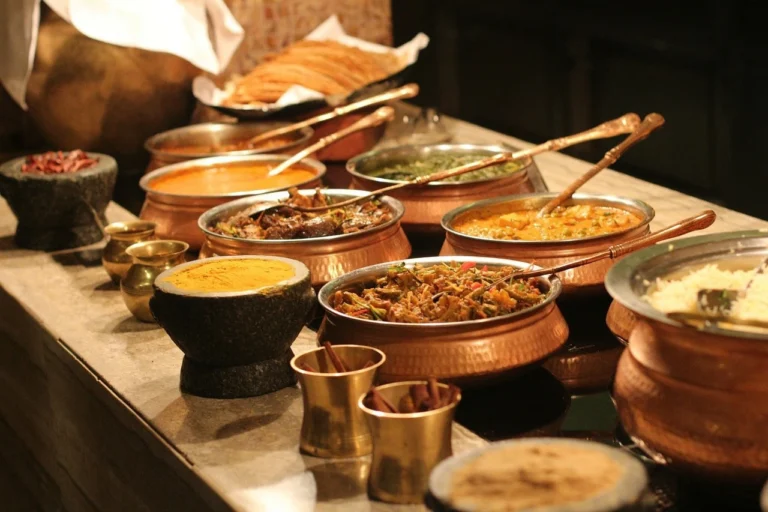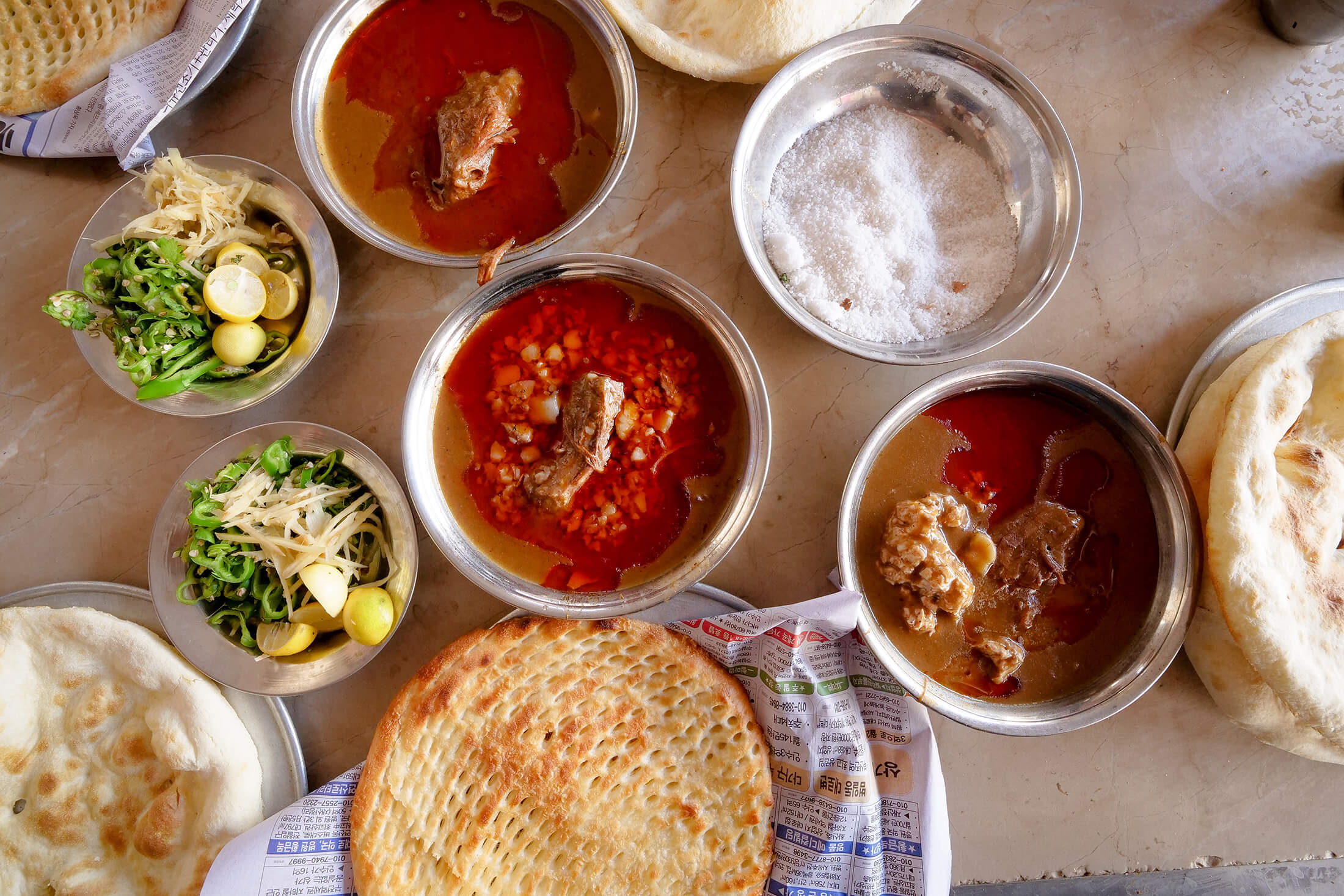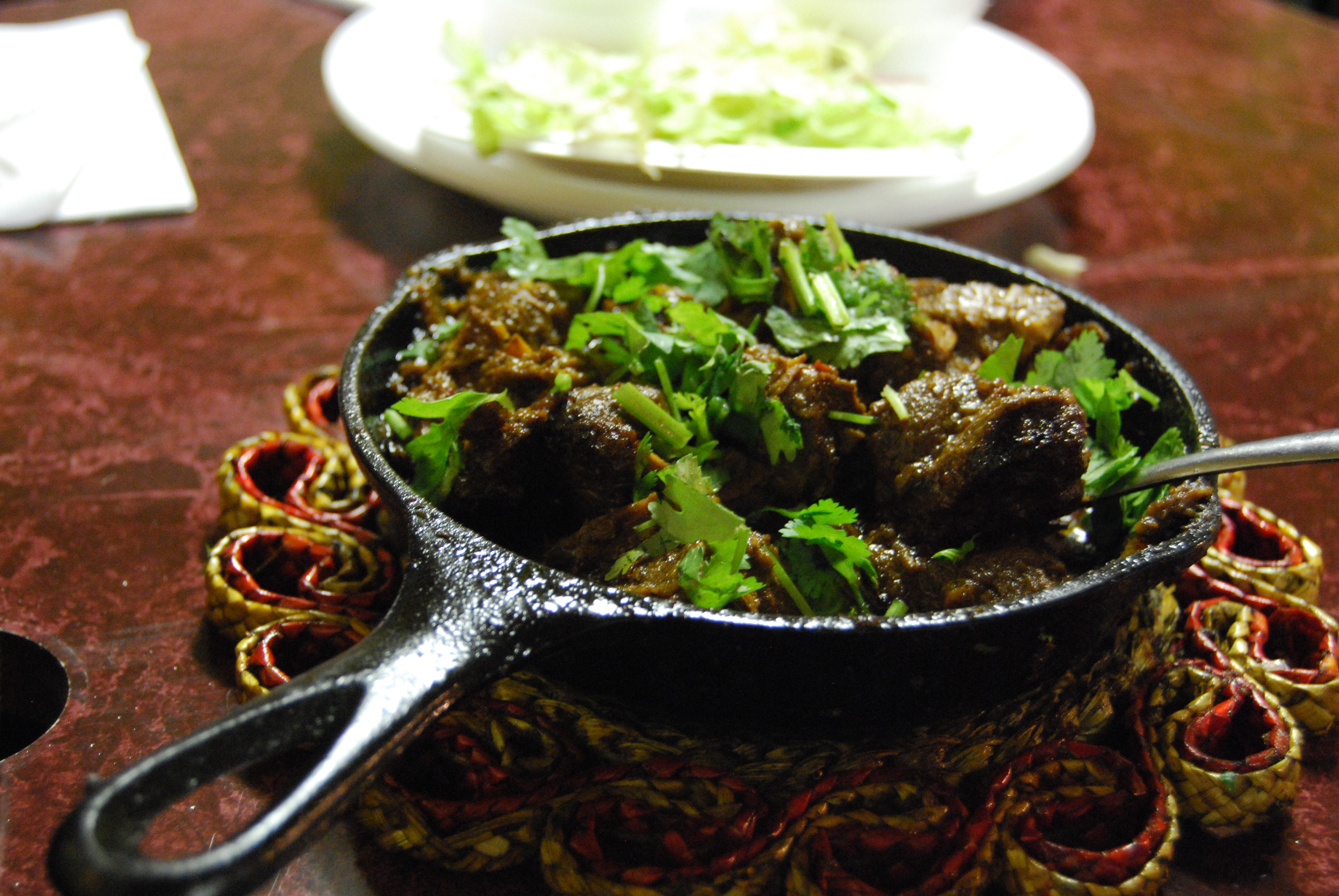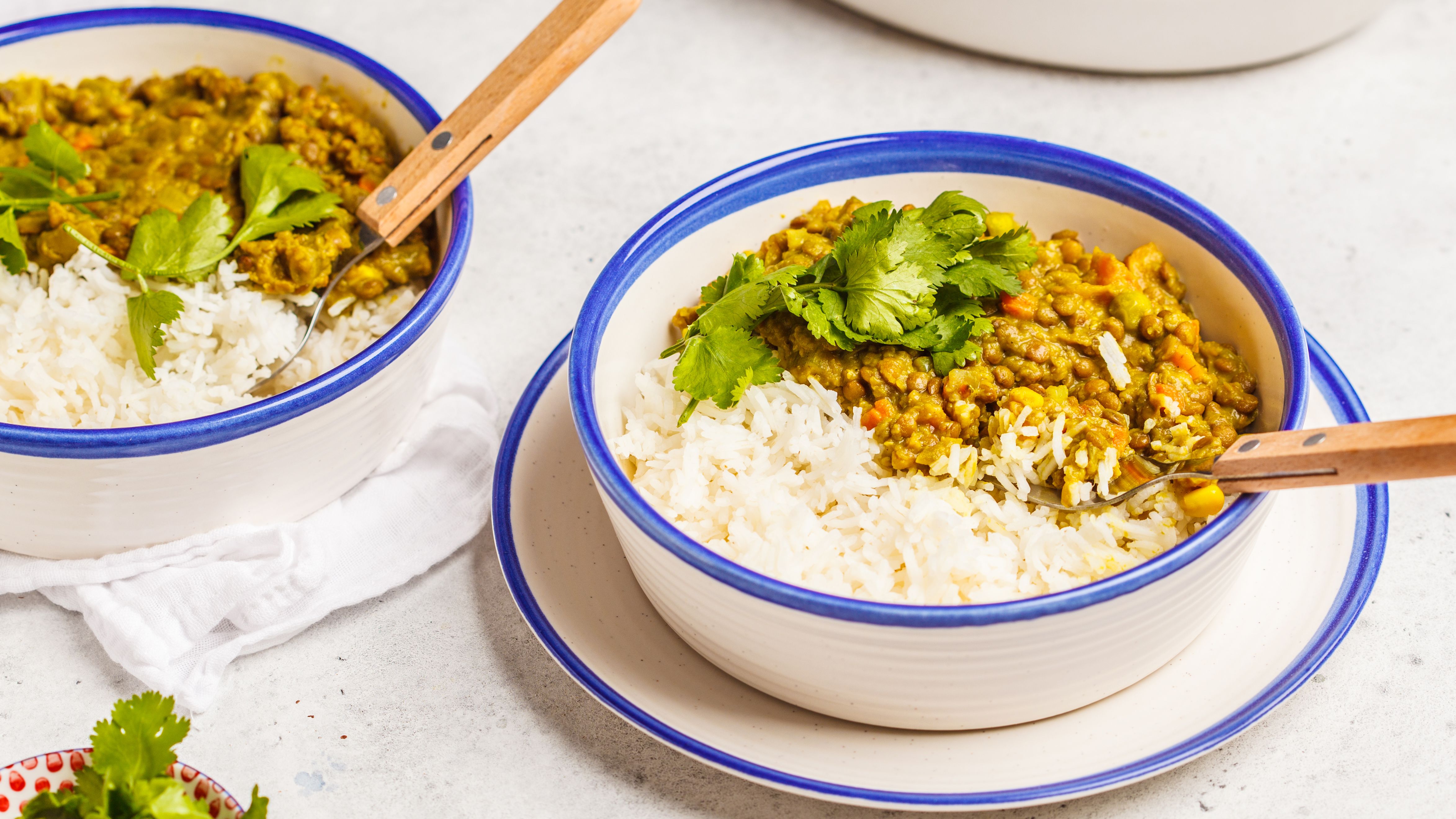Introduction: Exploring the Culinary Landscape of Pakistan
Pakistan is a country known for its rich and diverse culinary landscape. Its cuisine is a fusion of flavors from the neighboring countries, Afghanistan, Iran, and India, which makes it an exciting and unique blend of taste. The country’s food culture is a reflection of its history, geography, and the rich tradition of hospitality. Pakistani cuisine is characterized by an extensive use of spices, herbs, and aromatics, which give it an unmistakable aroma and flavor.
Traditional Food Markets: A Deep Dive into Pakistani Cuisine
One of the best ways to explore the culinary landscape of Pakistan is to visit its traditional food markets. These markets are a haven for foodies who want to experience the true essence of Pakistani cuisine. The markets are usually bustling with activity, with vendors selling everything from fresh fruits and vegetables to meat, spices, and sweets. Some of the popular traditional food markets in Pakistan include Anarkali Bazaar in Lahore, Jodia Bazaar in Karachi, and Faisalabad’s Ghanta Ghar Bazaar.
Visitors to these markets can sample an array of dishes, including biryani, kebabs, and street food like chaat, dahi bhalla, and samosas. The markets are also an excellent place to try traditional Pakistani drinks like lassi, sugarcane juice, and Kashmiri chai.
Uncovering the Best Food Festivals in Pakistan
Pakistan is home to some of the most vibrant and exciting food festivals in the world. These festivals are a celebration of Pakistani cuisine and culture, and they offer visitors a chance to experience the best of what the country has to offer.
One of the most popular food festivals in Pakistan is the Karachi Eat Festival, which takes place in January. The festival brings together a diverse range of food vendors from across the country, offering visitors a chance to sample an array of dishes, from traditional to modern. Other notable festivals include the Lahore Food Festival and the Islamabad Eat Festival.
Discovering the Diversity of Pakistani Street Food
Street food is an essential part of Pakistani cuisine, and it is popular across the country. Pakistani street food is known for its bold flavors and unique combination of spices and aromatics. Some of the most popular street food dishes in Pakistan include gol gappay, bun kabab, and paratha rolls.
Visitors to Pakistan can experience the best of Pakistani street food by exploring the food stalls and vendors in major cities like Karachi, Lahore, and Islamabad. The street food culture in Pakistan is a testament to the country’s rich culinary heritage, and it is an experience that visitors will not forget.
Regional Specialties: A Tour of Pakistan’s Local Delicacies
Each region of Pakistan has its own unique culinary specialties, which reflect the local culture and traditions. For instance, Karachi is known for its seafood, while Lahore is famous for its spicy and savory dishes. Other notable regional specialties include Peshawari chapli kebab, Multani Sohan halwa, and Balochi sajji.
Visitors to Pakistan can embark on a culinary tour of the country’s regions to experience the local delicacies. From the spicy and tangy flavors of Sindh to the rich and aromatic dishes of Punjab, there is something for every food lover in Pakistan.
Conclusion: The Vibrant Food Culture of Pakistan
In conclusion, Pakistan’s food culture is an exciting blend of flavors, aromas, and traditions. From the bustling traditional food markets to the vibrant food festivals and the delicious street food, visitors to Pakistan can experience the best of Pakistani cuisine. The country’s regional specialties add depth and diversity to its culinary landscape, making it a food lover’s paradise. So, if you are a foodie looking for a unique and unforgettable culinary experience, Pakistan is the place to be.

